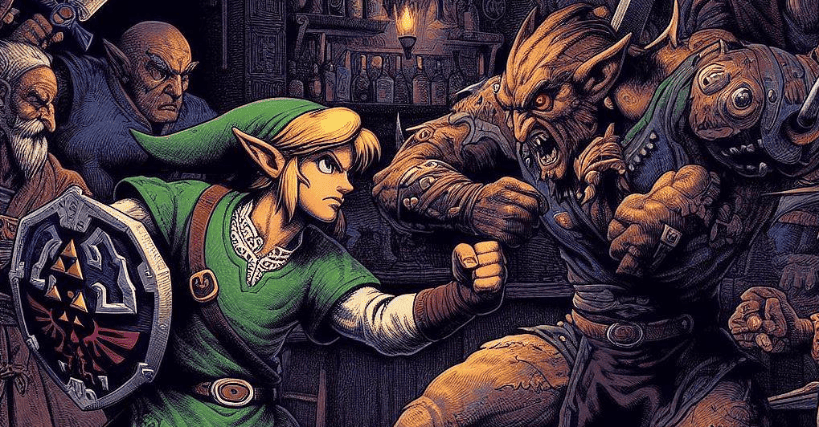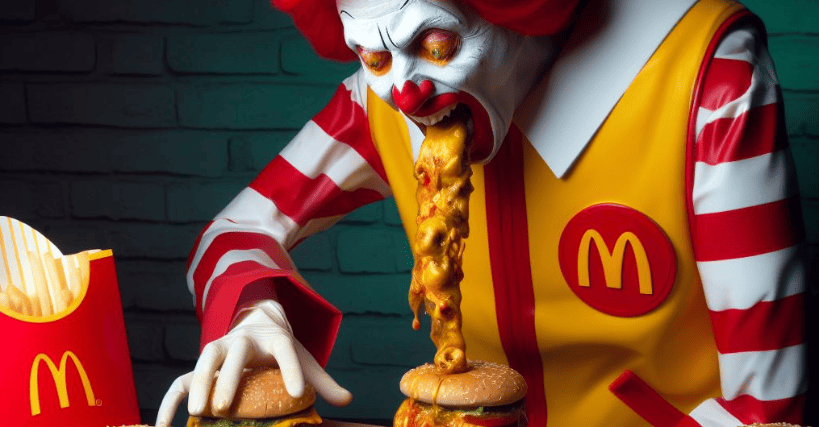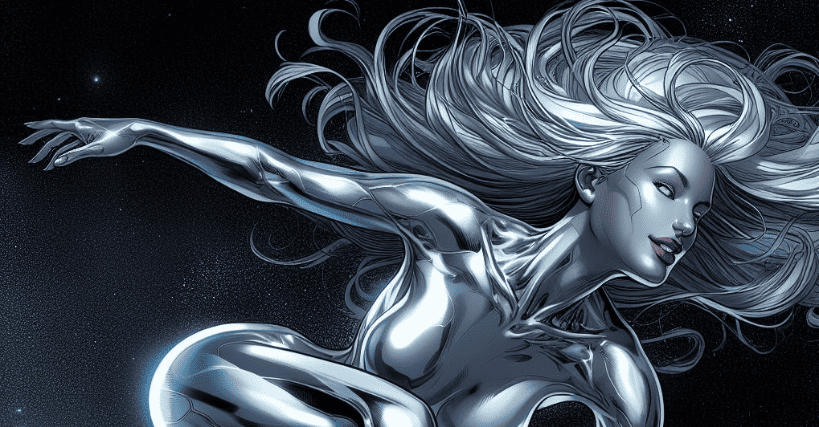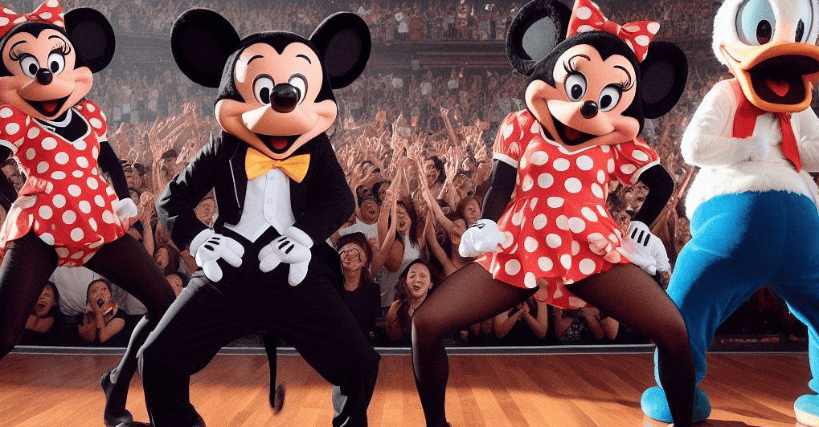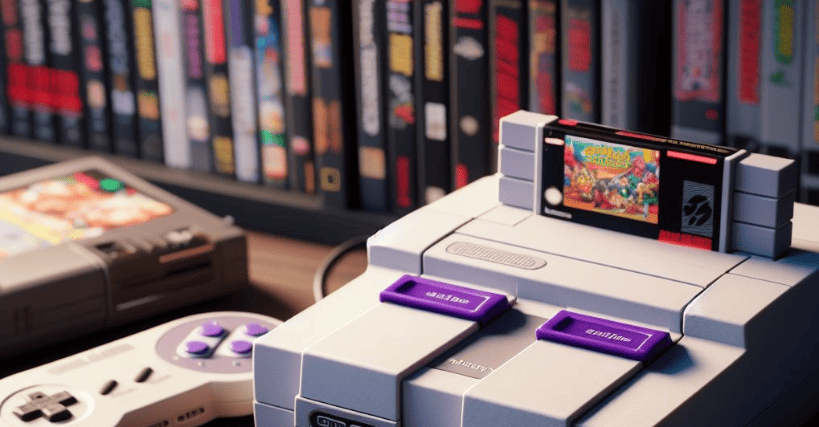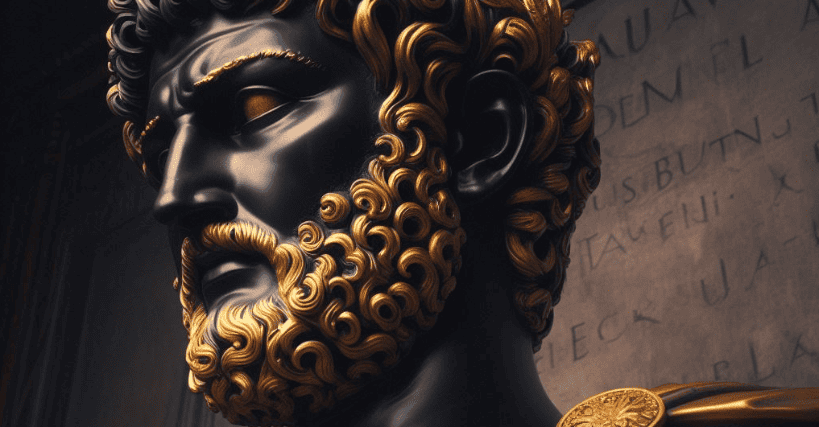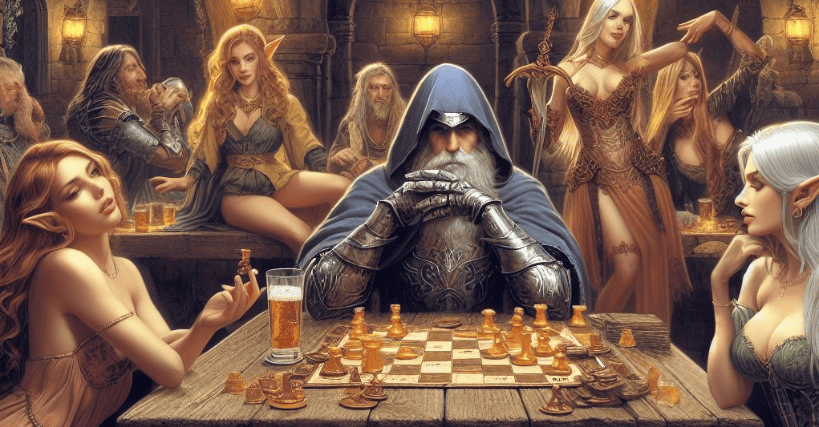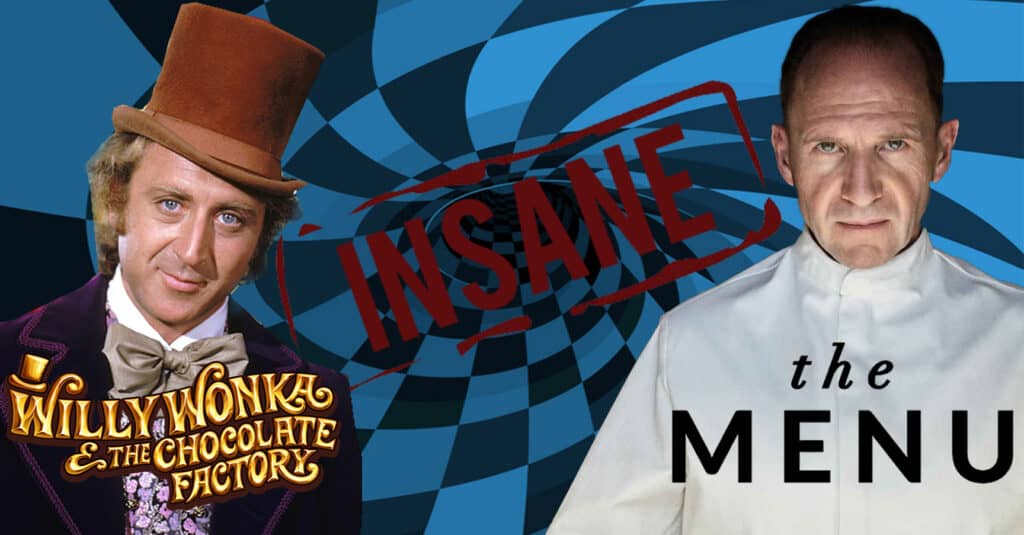
The Sweet Connection: Exploring How the Menu and Willy Wonka Share the Same Story

Attention all you foodie film buffs out there! We’ve got a cinematic revelation that’s sure to whet your appetite. When sitting down to watch Mark Mylod’s 2022 ‘The Menu’ I never would have expected it to have so much in common with a child-hood favorite of mine about a whimsical trip through a candy factory. As it turns out the two movies that you might never have expected to be related have more in common than just their love of all things edible. That’s right, we’re talking about “The Menu” and “Willy Wonka and the Chocolate Factory.” You might think a modern-day culinary thriller and a fantastical candy-coated adventure have nothing in common, but stick with us, because we’re about to prove that these two movies are practically culinary cousins. So grab a snack, settle in, and let’s dive into the surprisingly delicious connections between these two unlikely movies.
We all know the plot and theme of the beloved classic Willy Wonka and the Chocolate Factory, but once I started watching ‘The Menu’ the similarities were glaring.
As we know, Willy Wonka and the Chocolate Factory” is based on the beloved children’s book by Roald Dahl, which tells the story of a poor young boy named Charlie Bucket who wins a tour of the mysterious and magical chocolate factory owned by the eccentric candy maker, Willy Wonka. The movie follows Charlie and four other children as they tour the factory and learn valuable lessons about greed, selfishness, and the importance of family. Along the way, the children are tempted by the factory’s incredible delights, but only Charlie proves himself worthy to inherit the factory and become Willy Wonka’s successor.
The Menu” is a dark thriller that follows the story of foodie Tyler Ledford and his date Margot Mills as they attend an exclusive dinner at the restaurant Hawthorn, owned and operated by celebrity chef Julian Slowik on a private island. As the dinner progresses, unsettling truths about the guests are exposed, a sous-chef kills himself, and things spiral out of control. Slowik reveals that each guest was invited because they contributed to his losing his passion for cooking. He announces that everyone present will be dead by the end of the night. Margot is unmasked as an escort, and Tyler is revealed to have known about the dinner’s deadly intentions. Margot escapes the island while Slowik and his staff set the restaurant ablaze, killing themselves and the guests.
At first glance they are seemingly unrelated, but here are the similarities:
Both films feature a group of privileged visitors showing up to an exclusive location ready to gorge themselves on delicious treats. In both films they start with a tour of the facilities and get the run-down on the various stages of production and ingredients. They both feature a culinary genius madman who rules over a team of devoted underlings assisting with the creation of their masterpieces.
These madmen are famous and enigmatic, both seem to live in a world full of mystery and solitude who take their jobs a little too seriously.
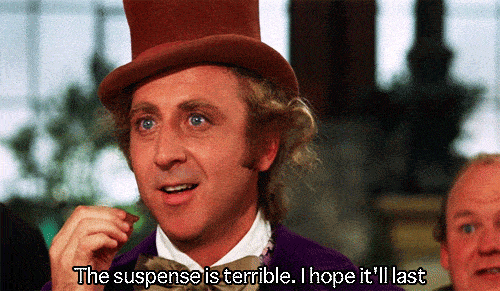
All seems fine until the cracks start showing and we see that the man in charge is a little unhinged.
They both start speaking in riddles and it seems like these visitors are more captives than guests.
Immoralities are revealed about each guest as misfortune befalls them. All while the Wonka/The Chef act as if the show must go on. As if it was all part of the plan.
In Willy Wonka, we know Charlie is out of place. He lives a humble life in poverty with his mother and grandparents so much so that he couldn’t even afford a chocolate bar to gain a chance at winning access through a golden ticket. But in The Menu, we are only slightly aware at first that ‘Margot’ is out of her element, she’s shocked at the price point for admission to the island, she seems unimpressed by the lavish lifestyles of the others in attendance, and finally The Chef tells her, she’s “not supposed to be here” and reveals that she is in fact a ‘call girl’ and like himself, she is from poverty.
Both madmen seem perturbed by the gluttonous nature of the entitled, both reveal that they intend to retire from their jobs of creating culinary delights, and both seem to have a soft spot for our underdog protagonist. They see the protagonist as different from the rest of the entitled guests and seem to relate to them.
Both protagonists go against the guy in charge and betray his trust, going into an off-limits area and making use of something not intended for them. In Willy Wonka, Charlie and Grandpa drink ‘Fizzy Lifting Drinks’ and in ‘The Menu’ Margot used a CB radio to call for help. This infuriates Wonka/The Chef and they lump our protagonist in with the rest of the group considering them (As Chef says) “Takers, not givers.” In Willy Wonka, after Wonka reveals Charlie isn’t going to receive his winnings, Grandpa calls Wonka an “Inhuman monster.” In The Menu The Chef admits he, himself, is a monster. Then our protagonist makes one final play, Margot asks Chef to make her a cheeseburger, and Charlie places the Ever-lasting Gobstopper on Wonka’s half-desk, revealing to both the sincere, honest nature of the protagonist, making Chef/Wonka remember their love of their craft. As Wonka states “So shines a good deed in a weary world…”
Margot is allowed to escape, Charlie wins the factory and both protagonists are last seen traveling away from their prison on a vessel, looking back at what could have been a disaster.
In conclusion, “The Menu” and “Willy Wonka and the Chocolate Factory” are both wonderful in their own right, keep you on the edge of your seat and convey a sense of mystery and foreboding righteousness. Both films share many similarities despite being vastly different in genre and tone. Both feature privileged guests indulging in an exclusive culinary experience, overseen by a culinary genius with a dark side. The guests face moral dilemmas and misfortunes, while the underdog protagonist proves to be different from the rest, ultimately making the madman in charge see the error of their ways. The protagonists’ journey culminates in their escape from the twisted world of culinary delights.
“The Menu” may not have the whimsical charm of “Willy Wonka and the Chocolate Factory,” but it’s a thrilling and engaging movie that’s sure to satisfy any foodie film buff. So, the next time you’re in the mood for a cinematic treat, give “The Menu” a chance, and who knows, you might discover even more similarities between these two unlikely cinematic cousins.

